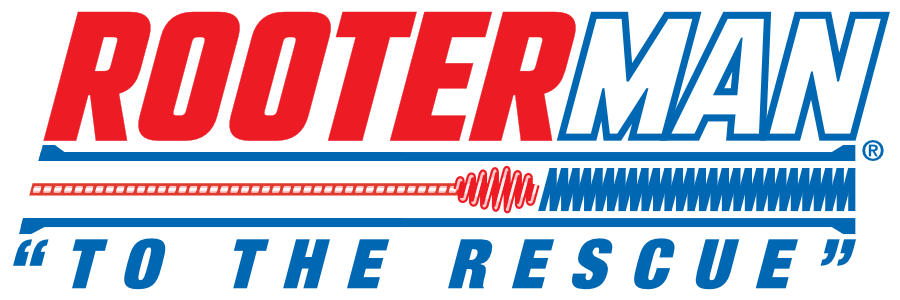How to Get Started on Popcorn Ceiling Removal in Arvada, Colorado
Popcorn ceilings, a popular architectural choice in the mid-20th century, are now considered outdated and unattractive by many homeowners. If you are based in Arvada, Colorado, and are looking to refresh your home, removing the popcorn ceiling could be a great step toward modernizing your space. However, popcorn ceiling removal can be a labor-intensive and messy task, so it’s important to be well-prepared before you begin.
Popcorn Ceilings
Before you dive into the process of removing a popcorn ceiling, it’s important to understand what it is and why it was used. Popcorn ceilings, also known as acoustic or textured ceilings, gained popularity in the 1950s as a cost-effective way to hide imperfections and provide noise reduction. The texture, which resembles cottage cheese or popcorn, was created using a mixture of paint, drywall compound, and other materials. While it served its purpose, many homeowners today seek to remove this texture in favor of a more modern and clean aesthetic.
Assessing the Situation
Before you begin the popcorn ceiling removal process, it’s essential to assess the condition of the ceiling. Is the texture flaking or peeling? Has it been painted over? These factors will impact your removal approach. Additionally, it’s crucial to determine if your popcorn ceiling contains asbestos, a fibrous mineral that was commonly used in building materials before its health risks were widely recognized. Asbestos-containing materials pose serious health risks when disturbed and should only be handled by professionals. Homeowners in Arvada, Colorado, should consider hiring a certified asbestos inspector to assess the presence of asbestos in their popcorn ceiling before attempting any removal.
Preparation and Safety
The popcorn ceiling removal process can create a significant amount of dust and debris, so it’s crucial to take proper safety precautions. Wear protective clothing, including a long-sleeved shirt, pants, safety goggles, and a mask rated for dust and particles. Additionally, cover the floors and furniture in the room with plastic sheeting to prevent dust and debris from spreading. Be sure to turn off the HVAC system to avoid the spread of dust throughout the home.
Tools and Materials
Gather the necessary tools and materials before you begin the popcorn ceiling removal process. You will likely need a spray bottle filled with water, a putty knife, a scraper, and sanding tools. It’s important to have a ladder or scaffolding to reach the ceiling safely. Additionally, consider using a high-quality primer and paint for the new ceiling surface, as well as a drywall compound to smooth out any imperfections left from the removal process.
Moistening and Scraping
Once you have taken all safety precautions and gathered the necessary tools, you can begin the removal process. Start by moistening a small section of the ceiling with water using a spray bottle. Allow the water to soak in for a few minutes to soften the texture. Then, using the putty knife or scraper, gently begin to remove the softened texture. Take care not to gouge the ceiling surface, as this can create additional repair work.
Repair and Refinishing
After the majority of the popcorn texture has been removed, assess the condition of the ceiling. It may require some additional scraping and sanding to achieve a smooth surface. Once the ceiling is free of texture, it’s time to make any necessary repairs to the drywall, such as filling in any gouges or imperfections. Once the repairs are complete, apply a high-quality primer to the entire ceiling before painting. When choosing a paint color, consider using a light, neutral shade to create a bright and open feel in the room.
In summary
Removing a popcorn ceiling can be a challenging but rewarding project that can instantly modernize and refresh your home. By taking the time to assess the situation, prepare properly, and follow a systematic removal process, you can achieve a smooth and clean ceiling surface that enhances the overall aesthetic of your space.







